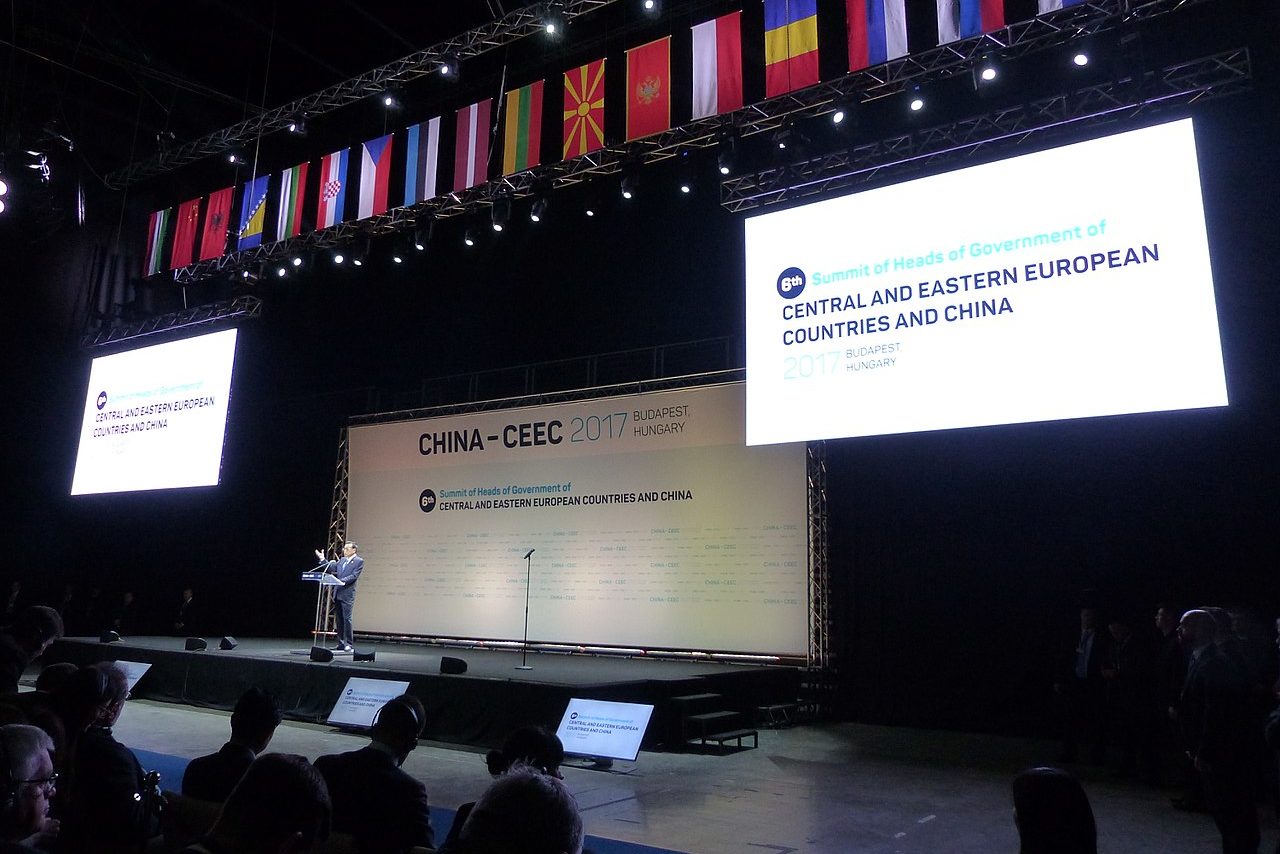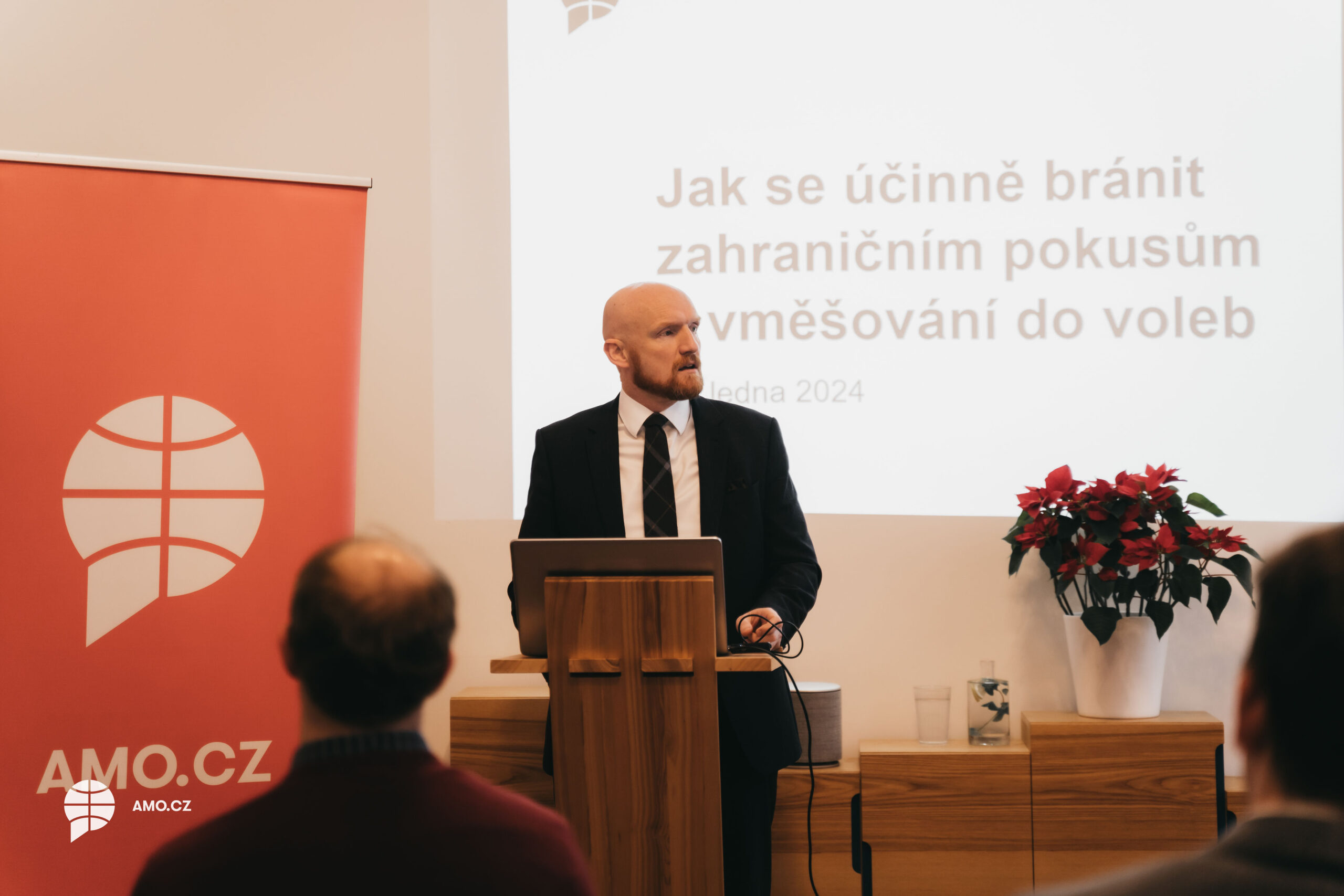This article is part of a wider project called “All Quiet on the Eastern Flank?” which is conducted by New Eastern Europe and supported by a grant from NATO Public Diplomacy.
The region of Central and Eastern Europe has been historically contested by local great powers. The 20th century experience with expansionists Nazi Germany and the Soviet Union shaped these countries’ security threat perceptions and influenced their foreign policies for decades. After the fall of the communist regimes and the end of the Cold War, various combinations of these historical resentments constituted the baseline that motivated these countries to seek NATO membership. With the resurgence of Russia as a security threat over the last decade, such reasoning has evidently been vindicated.
The People’s Republic of China, on the other hand, represents a newcomer to the region. To the CEE countries – which lack direct experience with China as a great power and thus miss the knowledge that would help them decipher China’s strategy – the PRC’s recent entry into the region was originally regarded as yet another addition to a group of standard, non-problematic Asian economic partners, on par with Japan or South Korea. China represented a promising new investor and a possible export alternative to primarily West-bound economic orientation of the region. Central and Eastern European states were thus overwhelmingly enthusiastic when, in 2012, China established a format for mutual co-operation (originally 16+1, today the 17+1 initiative).
Trojan horse
The Chinese co-operation platform opened a direct communication channel with Beijing, something that the CEE countries were keen to use to their advantage. They continued to engage in this co-operation disregarding some criticism from the “old” member states of the European Union, which called the format a Chinese “Trojan horse” in Europe, and despite security concerns voiced by the United States.
In the years to come, however, China proved to be a problematic partner indeed. Despite numerous attempts to attract Chinese investment, sometimes even accompanied by a complete U-turn in the country’s foreign policy towards shelving the criticism of human rights abuses or watering down a joint EU statement on South China Sea in exchange for better relations with Beijing, the Chinese investment only partially materialised and generally did not fulfil the CEE countries expectations.
On the diplomatic front, Beijing turned adamant when its “core interests” – such as the question of Taiwan’s de facto independence, Tibet, Xinjiang, the South China Sea disputes, the potential exclusion of Huawei from the 5G networks build-up or the issue of human rights abuses – came to the forefront. China lured the Central and Eastern European countries with carrots, offering investment deals, yet when CEE states dared to touch upon these “sensitive issues”, China threatened to use sticks. Dealings with China have also had effects on domestic politics as Beijing nurtured not only government but opposition parties. Local researchers uncovered non-transparent deals involving political and economic elites, while intelligence agencies warned against increasing China-related cybersecurity incidents or attempts to “silence the world”.
Despite the recent experience with Beijing, Central and Eastern Europe has not perceived China as a direct threat on the scale or intensity as Russia. The region’s countries tend not to focus on the fact that China has long had the largest standing armed forces in the world and its defence spending has been steadily growing. Beijing also intends to become a world leader in artificial intelligence by 2030 and the world’s leading technological superpower by 2049. Its declared ambitions are in line with a growing naval assertiveness in the disputed area of South China Sea and the Western Pacific in general.
Nevertheless, the region of Central and Eastern Europe feels insulated from direct manifestations of China’s growing military power and assertiveness, which have been much more visible to Beijing’s Asian neighbours. CEE countries also – in a rather realistic assessment – do not even consider themselves to be a primary target for China’s political and economic ambitions in Europe, which have concentrated largely (but not exclusively) on the Western part of the continent.
Towards a transatlantic consensus?
Finding a joint, NATO-wide stance on China is complicated by the fact that its perception as a threat varies not just among the Central and Eastern European NATO members but across the Alliance. Just a handful of (Western) European members of NATO have been looking beyond Europe’s immediate neighbourhood or formulated a strategy for the Indo-Pacific region where the implications of China’s rise reign supreme. The new EU Strategy for co-operation in the Indo-Pacific, launched in April 2021, thus constitutes an important step and signal to Beijing.
Europe’s internal differences naturally hold implications for the possibility of forging a transatlantic strategic consensus towards Beijing. The European understanding of the threat posed by China still differs significantly from the US. For most Western European countries, China represents not just an economic competitor but also an important trade partner. While this also holds true for Washington, the intense strategic focus on China’s growing military power in the Indo-Pacific theatre is not something America’s European partners instinctively share. On the other hand, European NATO members have recently become concerned with China’s investment in their strategic sectors, vulnerability of supply chains with defence implications, Chinese propaganda connected to the origin of coronavirus, the export of surveillance technologies and China’s potential involvement in 5G networks build up. For some Eastern and Southeastern European nations, the sensitiveness of China’s rising global presence has also been demonstrated through naval military exercises which China conducted in the Mediterranean and Atlantic in the vicinity of the Baltic states. These countries have also noticed, with increasing concern, Beijing’s deepening co-operation with Moscow. Hence, while missing a robust platform of historically shared interests vis-a-vis China, forging strategic unity within NATO out of growing security concerns may still be within reach.
What should, then, be the role of Central and Eastern Europe in this new strategic endeavour? As a necessary minimum, CEE countries should implement or upgrade their investment screening mechanisms and support the expansion of the East StratCom Task Force to vigorously counter Chinese propaganda. Within NATO, expanding the focus on China as a security and strategic challenge would undoubtedly require some creative restructuring. For starters, though, the Alliance would certainly benefit from reiterating its status of not just a military alliance but also as a political organisation (an emphasis first coined during the post-Stalin détente period in the 1950s). Targeted strengthening of the transatlantic consensus on core values and principles would, after all, have a significant benefit for the Alliance’s dealing with Moscow. NATO has already started moving in this direction. The declaration of the summit in December 2019 mentioned the challenge posed by China for the first time. Subsequently, the reflection group appointed by NATO Secretary General Jens Stoltenberg also mentioned China in their NATO 2030 analysis.
While these steps represent some progress for NATO’s shared perception of China, crucial obstacles against shaping a more robust consensus towards Beijing persist. First and foremost, not all European NATO members share the sentiment that China is a security threat. The EU position of seeking “strategic autonomy” vis-à-vis China (i.e. a position not necessarily in line with US preferences) which refuses to reconsider the challenges posed by economic interdependence with China, is not very helpful in moving towards this goal. The 17+1 platform thus represents just one of a more complex set of problems undermining NATO cohesion. Moreover, the countries of Central and Eastern Europe are increasingly nervous that the United States will trade strategic prioritization of the Indo-Pacific region – since a recent intense focus on Russia’s revisionism will remain their primary security concern.
Reaching a working consensus between Western Europe’s fear of entrapment in the US’s increasingly conflictual relationship with Beijing, and Central and Eastern European countries’ fear of abandonment, will be anything but easy. As always, NATO’s unity will be forged slowly, intricately and painfully – but it is still a better solution than foregoing a consensual stance towards the increasingly assertive East Asian power.


